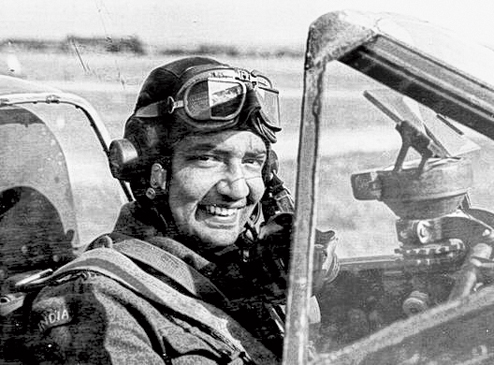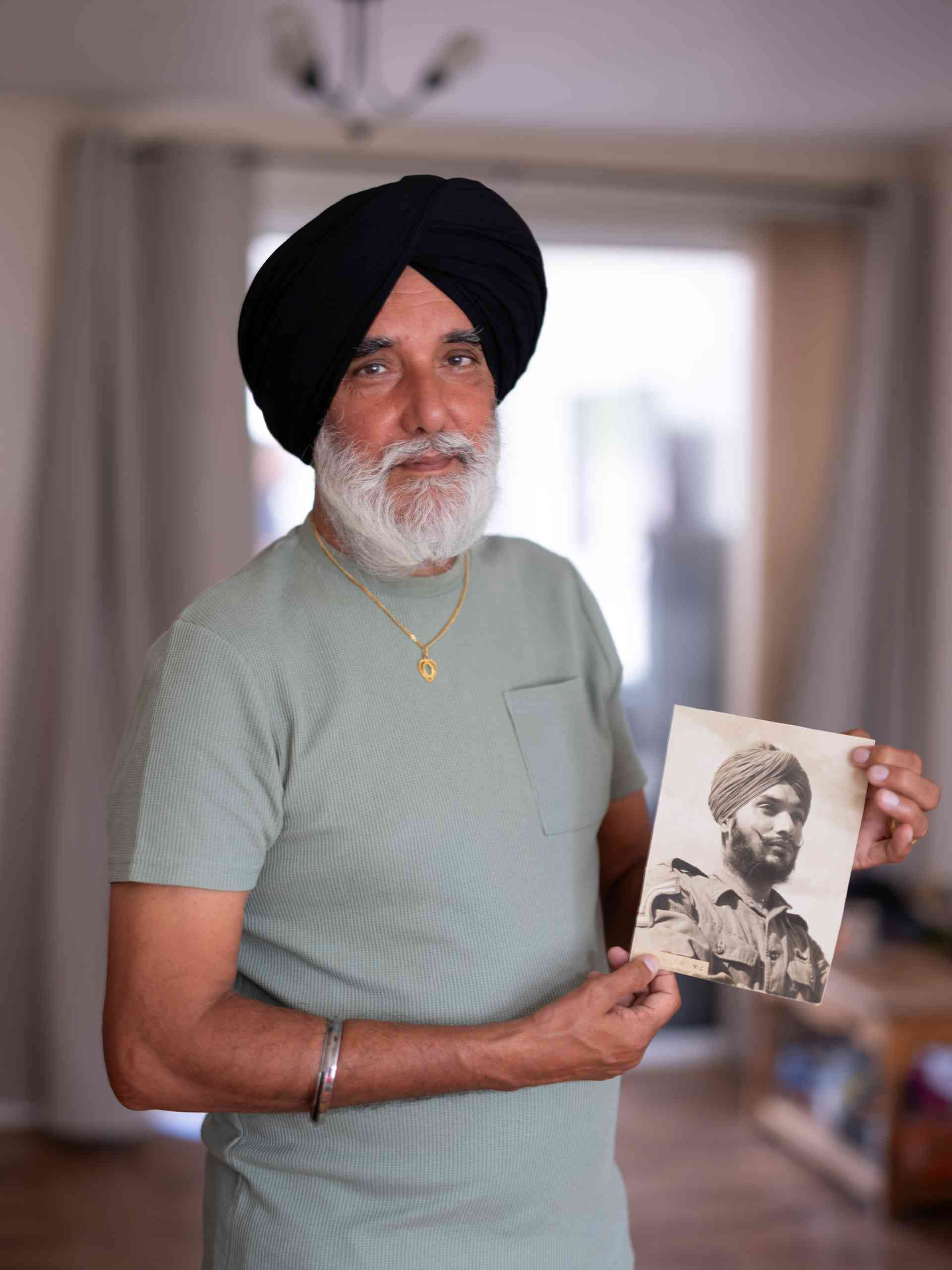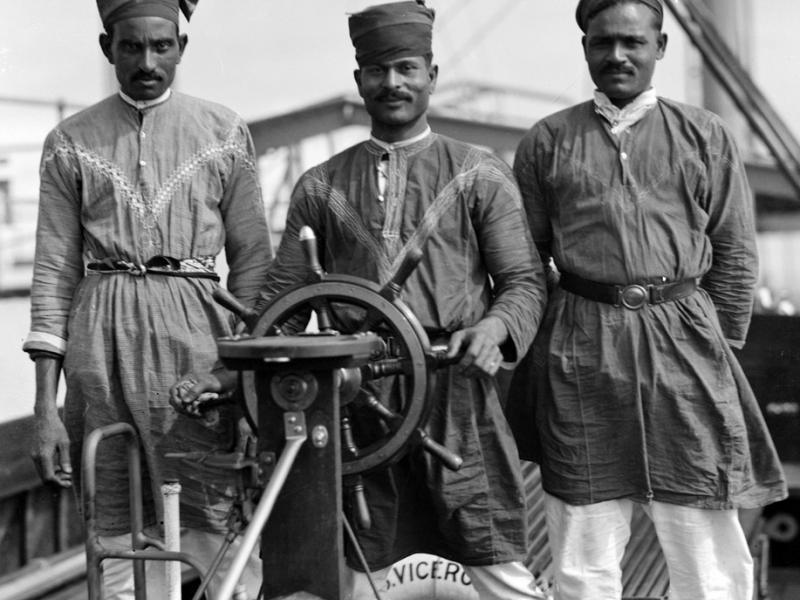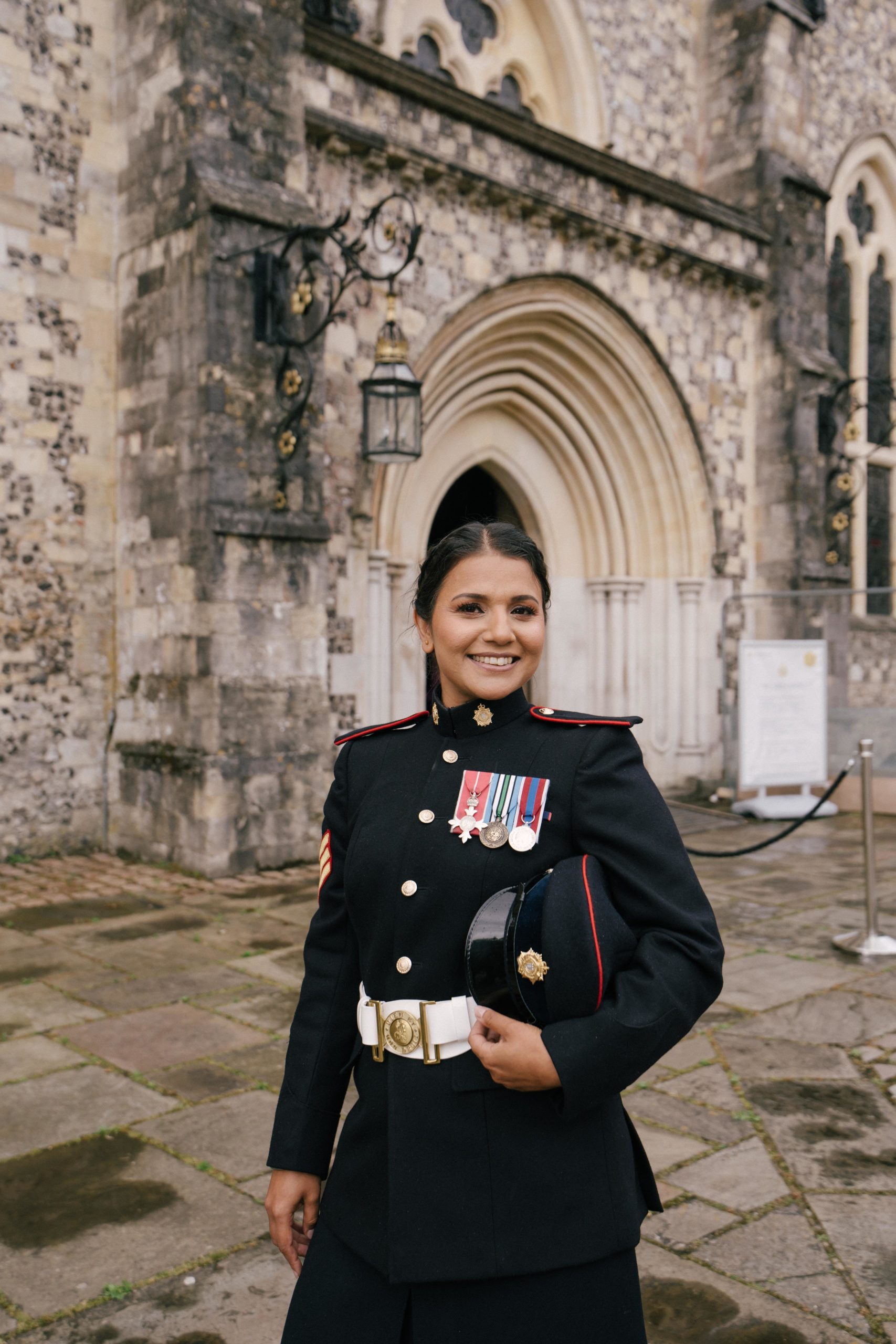His exemplary service during the Second World War, remarkable flying skills, and a series of daring missions earned him accolades and recognition that continue to inspire generations of Indian Air Force personnel.
Karun Krishna Majumdar was born on 6 September 1913, in Kolkata (then Calcutta), West Bengal. In 1932, driven by his fascination with aviation, he travelled to England to join the Royal Air Force Flying College at Cranwell. It was here that he earned the nickname “Jumbo,” a nod to his large personality and his impressive stature, standing over six feet tall.
After graduating as a pilot, Majumdar returned to India, joining the newly established No. 1 Squadron of the Indian Air Force. His leadership qualities quickly became evident, and by August 1941, Majumdar had been promoted to Squadron Leader of No. 1 Squadron.
In 1942, as the Second World War intensified, Japanese forces occupied Burma (now Myanmar), and Majumdar’s squadron was posted to Taungoo. The very next day, the Japanese bombed the airfield. Demonstrating extraordinary bravery and tactical acumen, Majumdar flew a solo mission, bombing the Japanese airbase at Mae Hong Son, Thailand. Following this, he led his entire squadron on another bombing mission. These daring actions earned him the Distinguished Flying Cross (DFC) in November 1942, making him the first Indian Air Force officer to receive this honour.
In 1944, Majumdar’s career took him to RAF Gatwick in England, where he joined a photo-reconnaissance squadron. On his first operational flight on 10 June 1944, he executed ‘ground-strafing’ of enemy targets and successfully completed two outstanding low-level ‘photo-recce’ missions over the Seine River. His exceptional performance and courage during these missions led to him being awarded a Bar to his DFC, making him the first Indian to receive this honour twice. The Bar to his DFC was gazetted on 23 January 1945, with the citation highlighting his outstanding skill and bravery:
“This officer has completed many tactical reconnaissance and photographic sorties. His keenness for operational work and his skill on difficult and dangerous missions has always been outstanding … he completed exceptionally valuable photographic reconnaissance’s of the Seine bridges, in the face of heavy ground defences … His skill and courage have always been outstanding.”
Majumdar’s wartime exploits garnered international attention. He was featured in Life Magazine in May 1944, as one of twelve of the world’s most outstanding airmen, further cementing his status as a global aviation hero.
Tragically, Majumdar’s illustrious career was cut short when he died in a flying accident during a display on 17 February 1945, at the age of 31. His untimely death was a significant loss to the RIAF, but his legacy lived on. Posthumously, Majumdar was promoted to the rank of Wing Commander, a testament to his extraordinary contributions to the Indian Air Force.
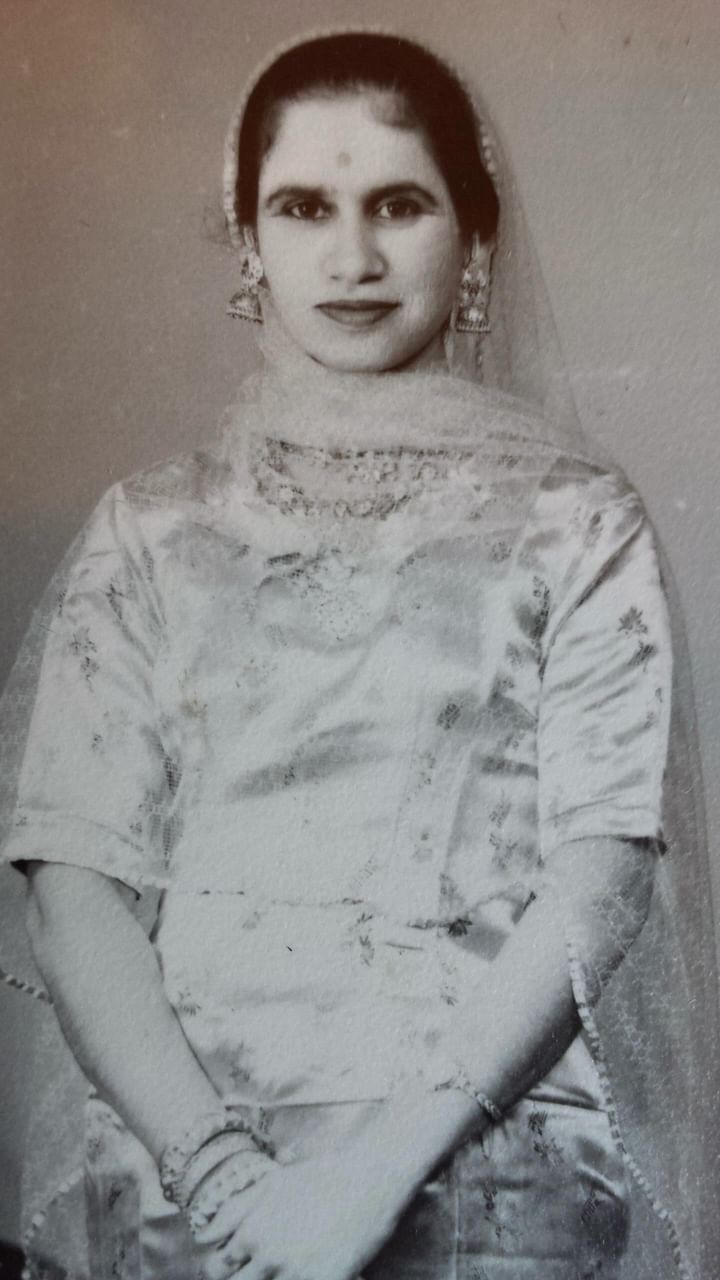
 South Asian Heritage Month dates changed to "July" from 2026 — Learn more here →
South Asian Heritage Month dates changed to "July" from 2026 — Learn more here →

